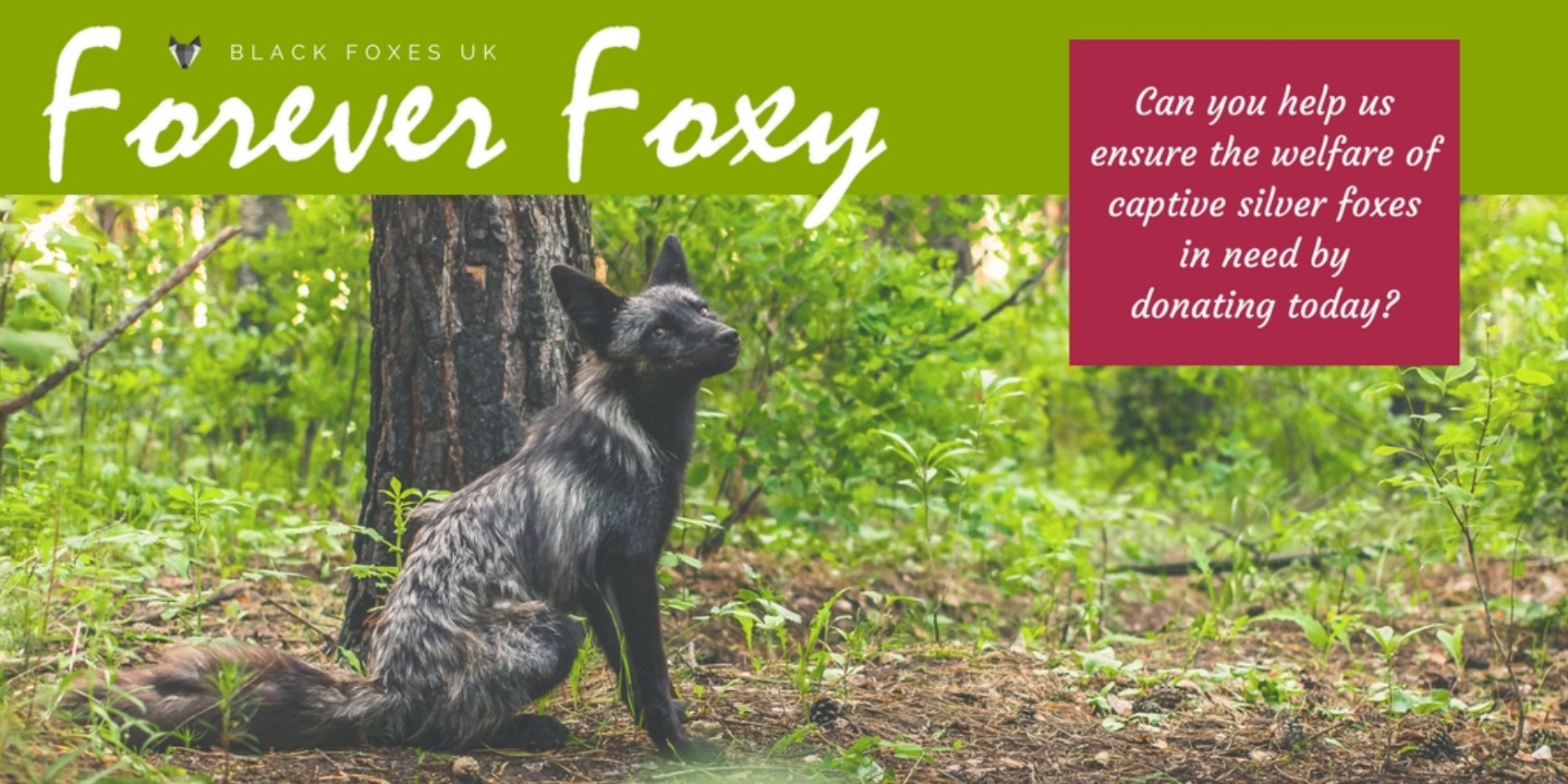Looking at the Index cards for the Ashton Vale Wildlife Group (AVWG) which dealt with the non exotic animal stuff I found the following:
Sunday, 31 January 2021
Black Foxes and White Foxes...oh, and Blue ones
Looking at the Index cards for the Ashton Vale Wildlife Group (AVWG) which dealt with the non exotic animal stuff I found the following:
Useful Links and Addresses
With thanks to Hayley De Ronde
Useful Links & Websites
Looking for More Information on Foxes?
There is limited information out there on the needs of foxes, which can make it difficult for prospective keepers (or those with a wildlife casualty) to make informed choices prior to taking on the responsibility of caring for a fox. Below is a list of all the webpages that provide information on red foxes, silver foxes and the Russian domesticated foxes.
If you know of an informative website you think current and prospective fox owners would benefit from, then please let us know and we will add it to the list!
“Gaining knowledge is the first step to wisdom. Sharing it is the first step to humanity.”
UK Fox Encounters
Amazing Animals (Chipping Norton)
Amazing Animal Encounters (Kent)
Animal Farm Adventure Park (Burnham-on-Sea)
Animal Magic Mini Zoo (Eastbourne)
Exotic Pet Refuge (Peterborough)
Gentleshaw Wildlife Center (Staffordshire)
Gloverspiece Mini Farm (Droitwich)
Green Dragon Eco Farm (Aylesbury)
Hopefield Animal Sanctuary (Brentwood)
Hoo Farm Animal Kingdom (Telford)
North Somerset Bird of Prey Center (Congresbury)
Predator Experience (Grange-Over-Sands)
Saviours Haven Sanctuary (Blyth)
Second Chance Animal Rescue - Work Experience (Kent)
Whiteleaf Animal Farm & Creepy Claws (Teynham)
Foxes In Canada & The US
Enrichment & Training
Animal Enrichment: Rescue Shelter Best Practice
COAP - Animal Enrichment Programs
Domesticated Manners (UK Behaviourist)
Essential Animal Training (US Behaviourist)
International Academy of Good Masters (Russian Behaviourist)
Wild Foxes & Missing Pets
Wildcats, Wolverines...What's Going On?
With the "Hooper Cat" paper (preliminary paper title) set to be published in 2021 I began to look at what work had been carried out on UK wild cats/ferals. The "Hooper Cat" is, obviously, part of that work but it seems that everything went quiet after 2000.
Yes, I have no doubt that cat charities catcxhing, neutering and re-releasing (or trying to re-home) feral domestic cats can provide a great deal of preliminary data. however, what of the species looking for all the world like European wildcats (Felis silvestris) reported from around the UK? For cats in Scotland I would be very shocked to learn that no one was observing and study the Scottish wildcat (Felis silvestris silvestris syn. Felis silvestris grampia).
However, England and Wales appears to be full of people only interested in 'big cats' -only one of the Big cat species is reported in the UK the others are Medium and Small Size.
I have to say that the same applies to wolverine (Gulo gulo). My 2000 report appears to have been the lat period in which interest was piqued. Of course, it has not helped that two very valuable local obervers/reporters have died in the intervening years.
One thing I did find a few years ago was the owner of a certain farm (taken over from his father) in Wales where there were sightings, etc., of established wolverines has denied there ever having been any such thing. I queried this locally and was called a "dafty" not for my beliuef in wolverine in Wales but for thinking that at a time when a farm(s) were being sold off locally the prospective owner would be happy to hear that they will also inherit wolverines on their property. "We don't want idiots with guns coming in here hunting them!" was the other response.
You see, I have the game cams and time but covid19 really ha no appreciation of a naturalists work!
If anyone reading this has any report or even photograph please get in touch and all communications are 100% guaranteed confidential.
Terry
blacktowercg@hotmail.com
or message me via face book
Melanistic Foxes
I was always told by the established Old Boys who had been told by their established Old Boys that fox cubs are born black and they soon take on their "red coat".
Feral & Hybrid Study Project -How YOU Can Help
Most feral cats have small home ranges, although some are more transient and travel long distances. The home ranges of male feral cats, which are generally two or three times larger than those of female cats, are on average under 10 ha (25 acres or 0.0390625 ), but can vary from almost 300 ha (740 acres or 1.15625 square miles) to under 1 ha (2.5 acres or 12100 square yards).







